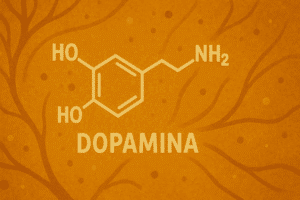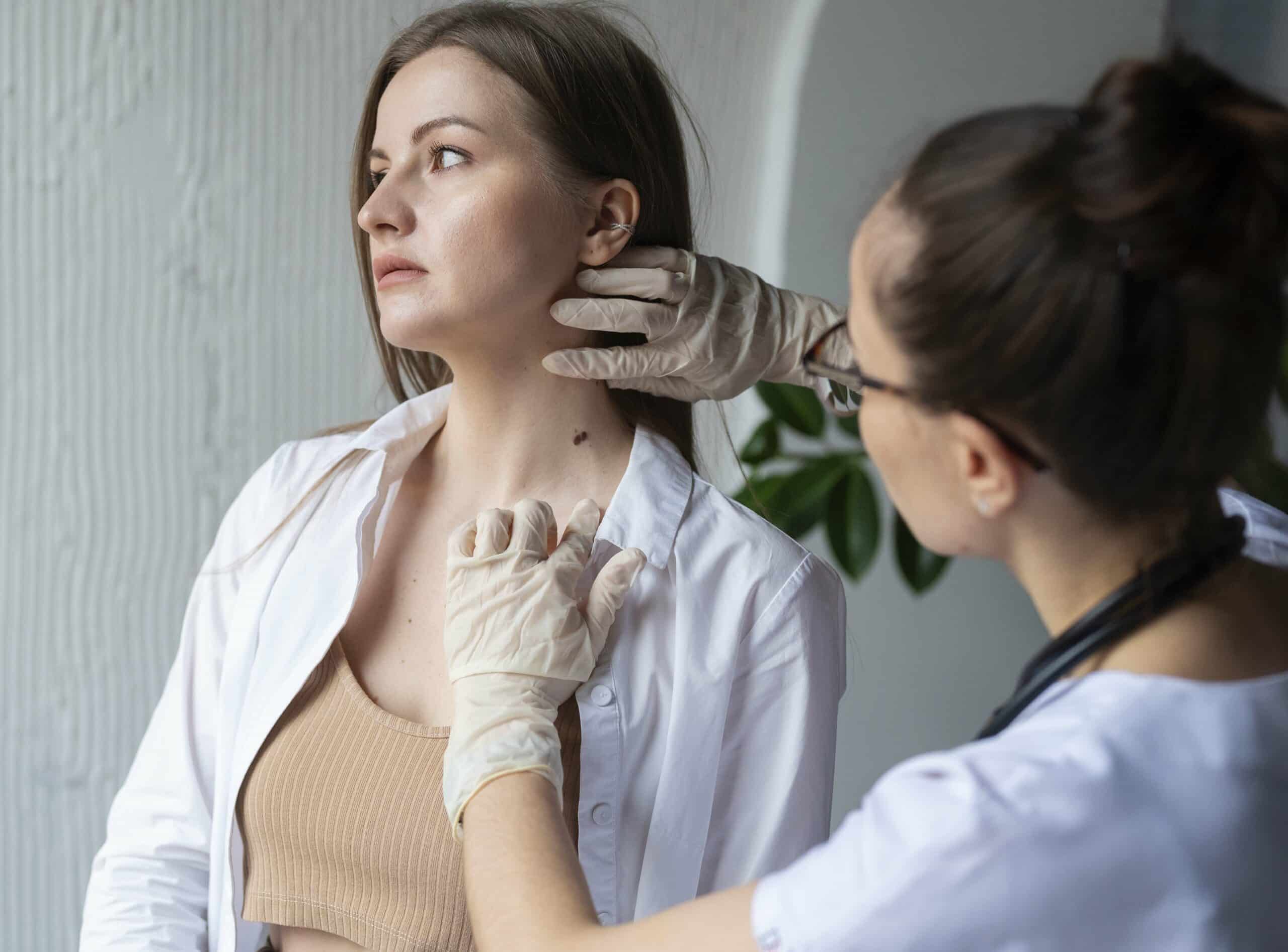Baldness is a common concern for many people, affecting approximately 40% of the Spanish population over the age of 35. One of the most important questions for many is whether going bald depends on genes. In this article, we will explore the relationship between genetics and common baldness also known as androgenic or androgenetic alopecia.

What types of baldness exist?
There are several causes that can lead to hair loss. Depending on the "cause" we will talk about one type of baldness or another. The most common types of baldness are:
- Alopecia Areata:: This is a form of autoimmune baldness in which the immune system attacks the hair follicles, resulting in sudden and patchy hair loss. It can affect people of all ages and genders. There are two extreme cases of alopecia areata in which all the hair on the scalp is lost (alopecia totalis) or in which the entire body loses hair (alopecia universalis). These forms of baldness are less common and more difficult to treat.
- Cicatricial Alopecia: In this form of baldness, hair loss is caused by permanent destruction of hair follicles due to inflammation or scarring.
- Telogen Effluvium: This is a form of temporary hair loss that usually occurs after a stressful event, surgery, illness or poor diet. Hair in the growth phase prematurely goes into the resting phase and then falls out, but usually recovers over time.
- Alopecia Secondary to Diseases or Medical Treatments: Some diseases, such as cancer, and certain medical treatments, such as chemotherapy, can cause temporary hair loss.
- Alopecia Androgénica: También conocida como calvicie común, es la forma más común de calvicie. Afecta tanto a hombres como a mujeres (calvicie femenina) y suele ser hereditaria, aunque es más frecuente en hombres. En este caso hablamos de calvicie de patrón masculino y es sobre el tipo de calvicie que vamos a tratar en este artículo.

Features of common male pattern baldness
Androgenic alopecia or common baldness has a mainly genetic origin. This genetic origin is mainly and originally attributed to maternal genetics. However, it has been shown that the complexity is much greater. Although genetics is one of the most important risk factors (heritability 80%), environmental factors such as stress, lifestyle and hormones also play a role. There is a hormonal component that acts on the hair follicles genetically predisposed to baldness, progressively causing their atrophy until the hair disappears completely (it causes changes in the life cycle of the hair).
The hormone dihydrotestosterone (DHT) plays a crucial role in common male pattern baldness. DHT-sensitive hair follicles become smaller over time, resulting in hair loss.
In addition to visible hair loss, existing hair often becomes thinner and weaker in the affected areas. This can give the impression that the hair is becoming thinner.
The most distinctive feature of common male pattern baldness is the gradual progression with age and the pattern of hair loss. It usually begins with a recession of the hairline on the forehead, creating the shape of an "M" (pattern 2). Over time, the hair loss may spread to the top of the head, forming a "crown" (pattern 3). In advanced stages, these two patterns of hair loss may merge, leaving a fringe of hair on the sides and back of the head, often referred to as a "hair island" (pattern 4).

Genetic risk of developing baldness
At ADNTRO we use what is known as polygenic risk to know your probability of suffering male pattern baldness. For this purpose we have designed a validated algorithm with patients diagnosed with pattern 3 and pattern 4 with an age lower than 61 years and patients classified as pattern 1 (no baldness) with an age higher than 70 years.
Thanks to this algorithm it is possible to know how your risk of baldness varies according to your genetics.
😵 In Europe, 40% of men over the age of 35 show obvious signs of baldness.
😎 Nearly 80% of men with low genetic risk do not develop baldness.
😣 More than 55% of men at high genetic risk develop baldness.
🧬 Discover your genetic risk with the ADNTRO genetic test!
Genes associated with common male pattern baldness
It is important to note that male pattern baldness is a multifactorial disorder, which means that several genes contribute to its development in addition to interacting with hormonal and environmental factors. Among the genes associated with common male pattern baldness are genes related to Wnt signaling:
- WNT10A: Some studies suggest that variants in the WNT10A gene may be related to predisposition to male pattern baldness, since this gene is involved in the formation of hair follicles.
- RSPO2: RSPO2 is a gene that has been associated with hair density and baldness. Genetic variants in RSPO2 may contribute to hair loss.
- LGR4: This receptor is part of the Wnt signaling pathway, which as mentioned with WNT10A, is crucial for hair follicle development.
- TWIST1: TWIST1 is a gene that regulates hair development, and has been studied in the context of hair loss.
It is part of ADNTRO and know your genetic predisposition against common male pattern baldness and many other features as well as alopecia areata thanks to our DNA TEST. If you are already genotyped with another company, upload your DNA data.














